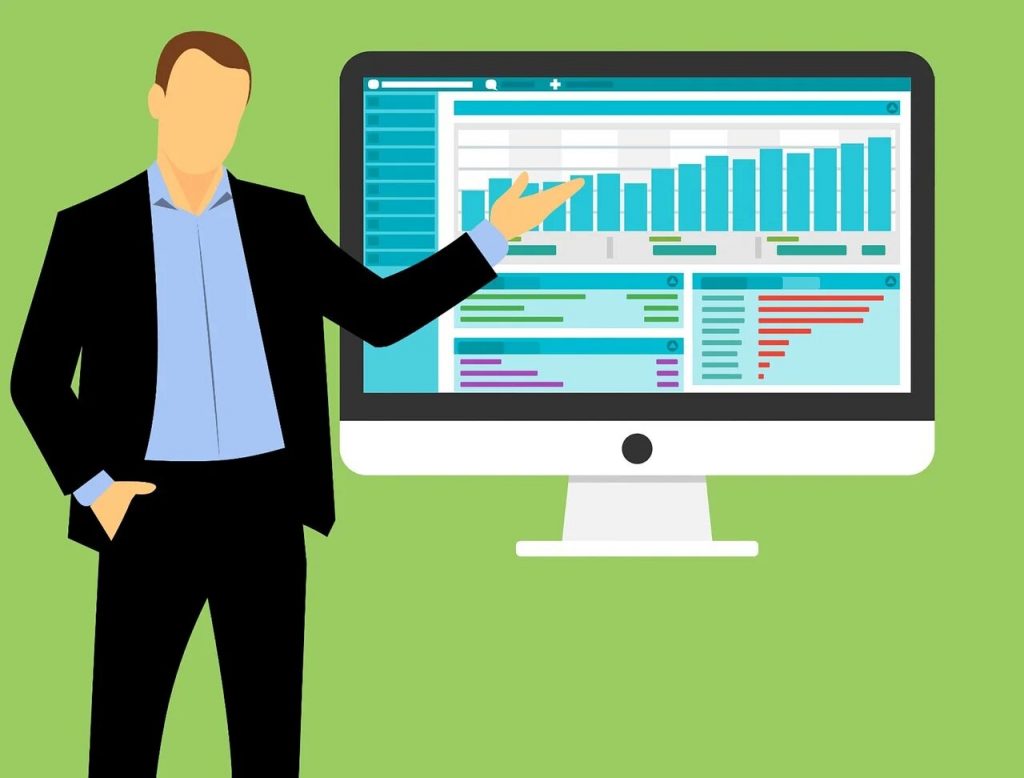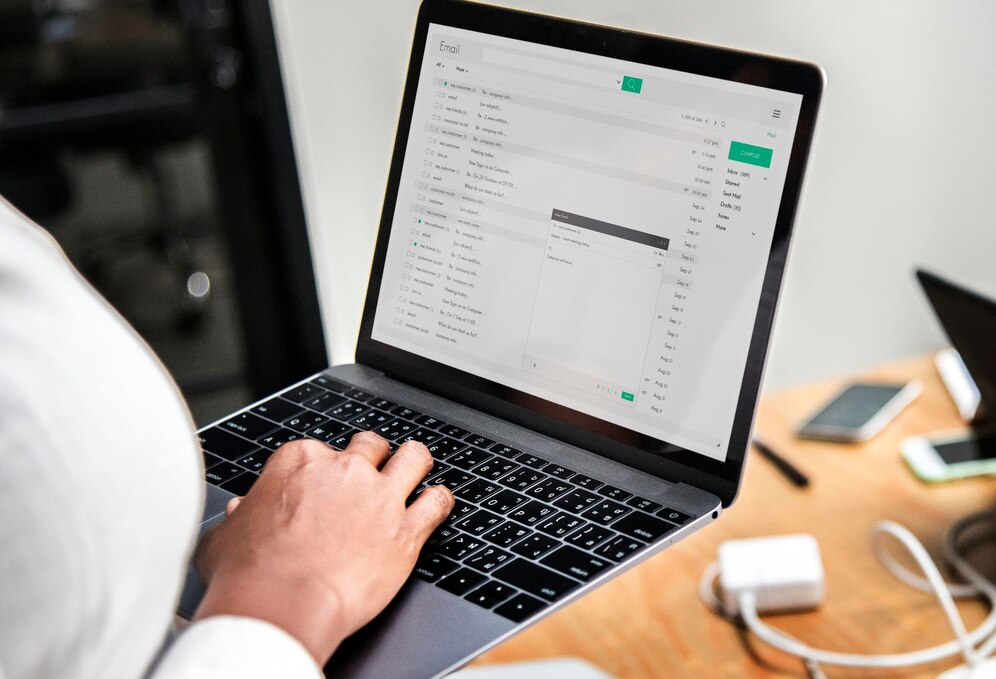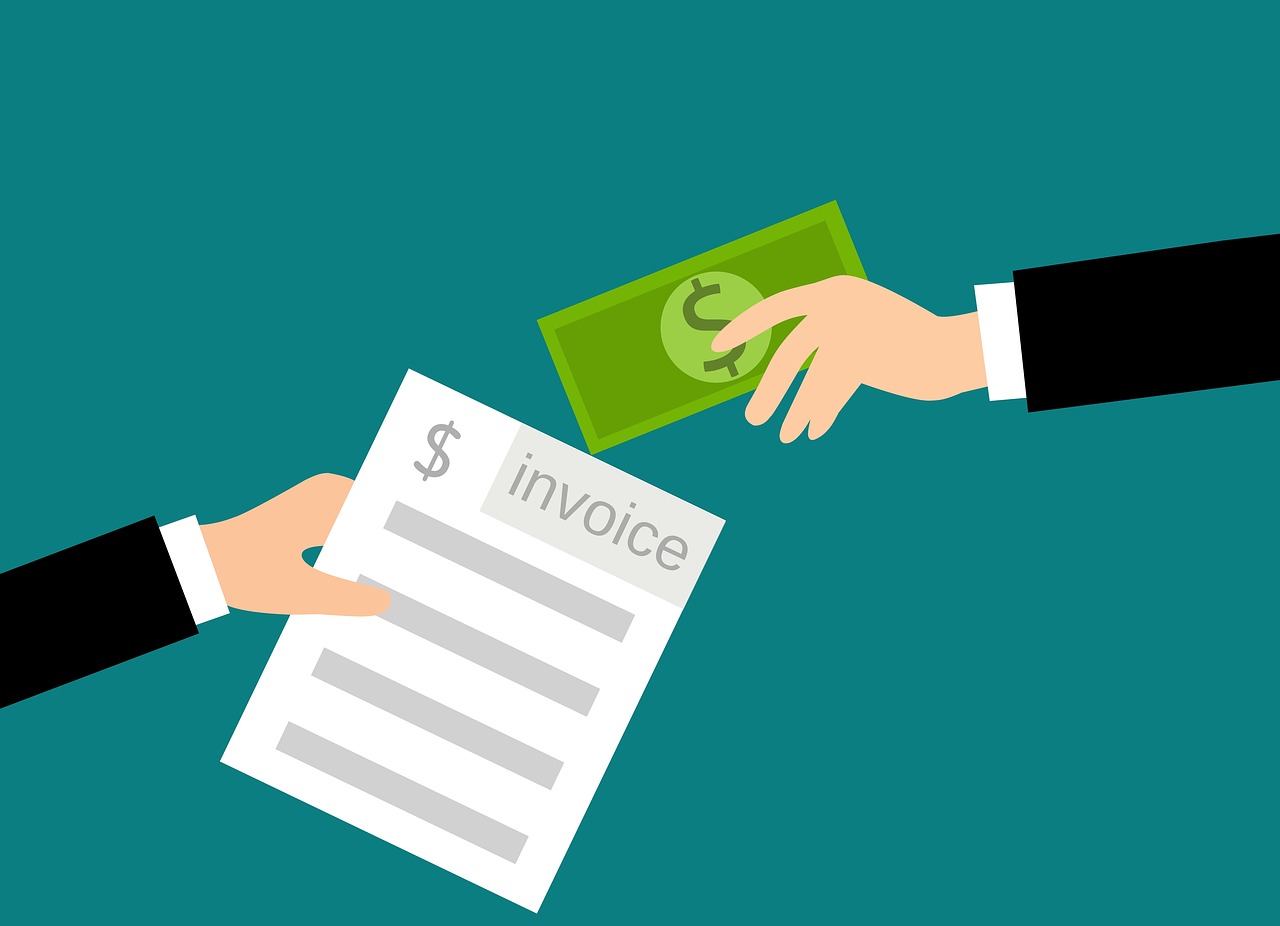Invoice Automation for Freelancers: Simplifying Billing Processes
As a freelancer, dealing with invoices might not be your favorite part of the job. You’re not alone in this: for many, invoicing is a time-consuming and sometimes confusing task. But there’s good news! Invoice automation can make this part of your work much easier and more efficient. Let’s take a closer look at invoicing, what it is, why it’s important for your freelance business, and how manual invoicing can be tricky.
Basics of Invoicing
Invoicing is a key part of being a freelancer. It’s not just about asking for money; it’s ensuring your business runs smoothly.
Think of invoicing as sending a bill for the work you’ve done. It’s important because it helps you get paid and keeps your earnings organized. Good invoicing means you’re more likely to get paid on time, and you can easily track how much money you’re making. This helps you monitor the state of your freelance business.
Handling bills by hand can be a headache. It takes a lot of time, which you could use to work on projects or find new clients. It’s also easy to make small mistakes such as typing in the wrong amount or spelling a name incorrectly. These errors can cause delays in getting paid and might make you look less professional. This shows why doing bills manually can be slow and sometimes full of typos.

Choosing the Right Invoicing Tools for Freelancers
Now that we’ve covered the basics of invoicing and its challenges, let’s talk about something exciting like finding the right tools to make invoicing a breeze for you. Picking the best invoicing software is like choosing a good work buddy; it should make your life easier and help you get things done better and faster.
Key Features to Look for in Invoicing Software
When you’re on the hunt for the perfect invoicing tool, you need to keep an eye on some key features. Here’s a list of the most important ones:
- Automation: This is all about saving time. Look for software that can send bills automatically, follow up on unpaid bills, and even remind clients about upcoming payments.
- Customization: Your invoices should reflect your brand. A good tool lets you add your logo, change colors, and tweak the layout to make bills uniquely yours.
- Integration: It comes in handy when your invoicing software can talk to other tools you use, like your calendar, email, or accounting software. This makes the whole work process smoother.
Check out our
Basic Invoice Template to get an idea of how these features come together to create a simple, effective invoice.
Customizing Your Invoicing Tools
Once you have the right tool, you should tailor it to fit your needs. Customizing your invoicing tool can make a world of difference. It’s not just about looking professional but making your workflow more efficient. For example, setting up templates for common projects saves time. You can also set up automated reminders for clients so that you don’t have to chase payments manually. This is where the implementation of your invoicing tool comes into play, making it work for you in the best way possible.
Popular Invoice Automation Tools for Freelancers
Juggling bills doesn’t have to be a daunting task for
freelancers. Thanks to SaldoInvoice, you are provided with highly effective tools to simplify this part of your work. Let’s check out what tools you can use to make your invoicing process as smooth as a breeze:
- Invoice Generator: Imagine creating a professional-looking bill in just a few minutes. This tool lets you do that. It’s all about creating bills quickly and easily, with the bonus of adding your personal style.
- Income Tracking and Financial Reports: Keeping track of your finances is crucial. This feature gives you a clear view of your financial activities, tracking all your bills and payments in one place.
- Customizable Invoice Templates: Add a bit of flair to your invoices with customizable templates. Personalize them to match your brand, making each invoice not just a bill, but a part of your professional image.
- Payment Acceptance Integration: This feature makes getting paid easier by accepting various payment methods. It’s about giving you and your clients more flexibility and convenience in handling payments.
- Invoice Status Tracking: Stay on top of your bills with this tool. It lets you know which bills have been seen, paid, or are still pending, helping you manage your follow-ups more effectively.
With these tools, freelancers can boost the efficiency of invoicing. They’re designed not just to make invoicing easier but also less time-consuming. This way, you can spend more time doing what you love and less time worrying about billing.
Streamlining Your Invoicing Process
Now let’s focus on how to streamline your invoicing process. Streamlining is all about making things run more smoothly and efficiently. It’s about cutting out the unnecessary bits and making sure everything flows well. This is where integrating invoice software into your routine can be a game-changer. It’s not just about doing less work; it’s about working smarter.
Step-by-Step Guide to Integrating Invoice Software
Ready to make invoicing a breeze? Here’s a simple guide on how to integrate invoice software into your daily routine:
- Choose Your Software: Find a tool that fits your needs. Remember those key features we talked about earlier? Keep those in mind.
- Set Up Your Account: Fill in your business details, add your branding, and set up your payment methods.
- Create Your Templates: Use the software to create invoice templates that you can use again and again. This saves time in the long run.
- Import Your Client Details: If you’ve got a list of clients, import their details into the software. This makes it quicker to send bills.
- Schedule Regular Invoicing: Decide on a schedule for sending bills. It might be right after a job is done or at the end of each month.
For a hands-on example, try our
Invoice Generator. It’s a great tool to start with and covers many of the integration strategies and billing processes we’ve discussed.

Best Practices for Efficient Invoicing
Now, let’s look at some best practices to make your invoicing even more efficient:
- Regularly Update Your Client Information: Keeping client information up-to-date ensures that your bills go to the right place every time.
- Use Clear Descriptions: Be clear and precise in your descriptions. This helps avoid confusion and questions from clients.
- Send Reminders: Don’t hesitate to send polite reminders for overdue bills. Most invoicing software can do this automatically.
- Keep Records: Keep a record of all your bills and payments. This is crucial for your financial tracking and tax purposes.
Remember, the goal is to make invoicing as efficient as possible while reducing errors. The right approach and tools can turn the procedure from a chore into a simple, smooth part of your freelance business.
Why You Should Consider an Invoice Software
Let’s talk about why you, as a freelancer, should seriously consider using invoice software. If you’ve ever felt
overwhelmed by the invoicing process or found yourself spending too much time on it, billing software might be the solution you’ve been looking for. It can both simplify your work and make your business more efficient and professional. Below, we list some advantages of invoice automation.
Time-Saving
One of the most significant benefits of invoice automation is the amount of time it saves. Imagine cutting down the hours you spend on invoicing each week to just a few minutes. With automation, you can set up recurring bills for regular clients, automate payment reminders, and even automate follow-ups for late payments. This frees up your time to focus on more important aspects of your business.

Accuracy
Accuracy in invoicing is crucial, and this is where automation shines. By minimizing manual data entry, invoice software plays a key role in error reduction, making your billing process more reliable. This accuracy is key in maintaining professionalism, ensuring you charge the correct amounts, and keeping your financial records spotless.
Improved Record-Keeping
Keeping track of your financial transactions is much easier with invoice software. It stores all your bills and payment information in one place, making it easy to reference past transactions and track your income. This is especially handy when tax season rolls around or when you need to analyze your business’s financial well-being.
How to Choose the Best Invoice Tool
Choosing the right invoice tool is a crucial decision for any freelancer. It’s not just about picking the most popular option or the one with the most features. It’s about finding a tool that fits your specific needs and business style. Let’s walk through some key factors you should consider to make an informed choice.
When you’re in the market for an invoice tool, think about your business scale, the type of clients you work with, and how often you need to send bills. Each of these factors plays a vital role in determining which tool will serve you best.
-
Consider Your Business Scale
Your business size or scale is a primary factor. If you’re a solo freelancer working on a few projects at a time, your needs will be different from a small agency handling dozens of clients. A tool that’s designed for larger businesses might be overwhelming and unnecessarily complex for a solo freelancer. Conversely, a too-simple tool might not offer the robust features needed by a growing business.
Understand Your Client Type
Next, think about your clients. Do you work mainly with individuals, small businesses, or large corporations? Different clients have diverse invoicing requirements. For example, larger companies might prefer detailed bills with specific formats, while individual clients might prefer something simpler. The best tool for you will accommodate the specific needs and preferences of your client base.
-
Assess Your Invoicing Frequency
Finally, consider how often you send invoices to your clients. If you’re invoicing regularly, you’ll want a tool that makes repetitive tasks as efficient as possible. On the other hand, if you send bills less frequently, you might prioritize ease of use and simplicity over advanced features designed for high-volume invoicing.
By carefully considering your business scale, client type, and invoicing frequency, you can choose an invoice tool that aligns perfectly with your freelance business. Remember, the goal is to find a tool that addresses your specific concerns and fits seamlessly into your integration strategies. The right tool should feel like a natural extension of your workflow, not a hindrance or a complication.
A Smarter Path Forward
As you can see, adopting the right invoice tool can be a game-changer for your freelance business. It’s not just about getting through your billing tasks faster; it’s about smart automation that can help your business grow. As a freelancer, embracing these tools means you’re giving yourself more time to focus on what you do best, while also keeping your finances organized and professional. So, take that step towards a more efficient freelance life today and see the difference it can make for your business.







